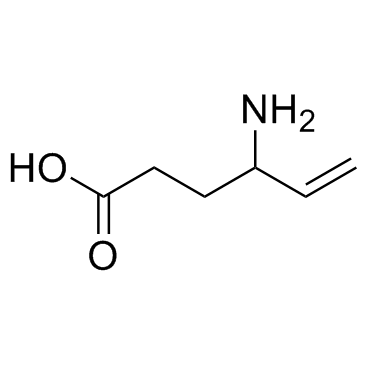| Structure | Name/CAS No. | Articles |
|---|---|---|
 |
Vigabatrin
CAS:68506-86-5 |
|
 |
Vigabatrin
CAS:60643-86-9 |